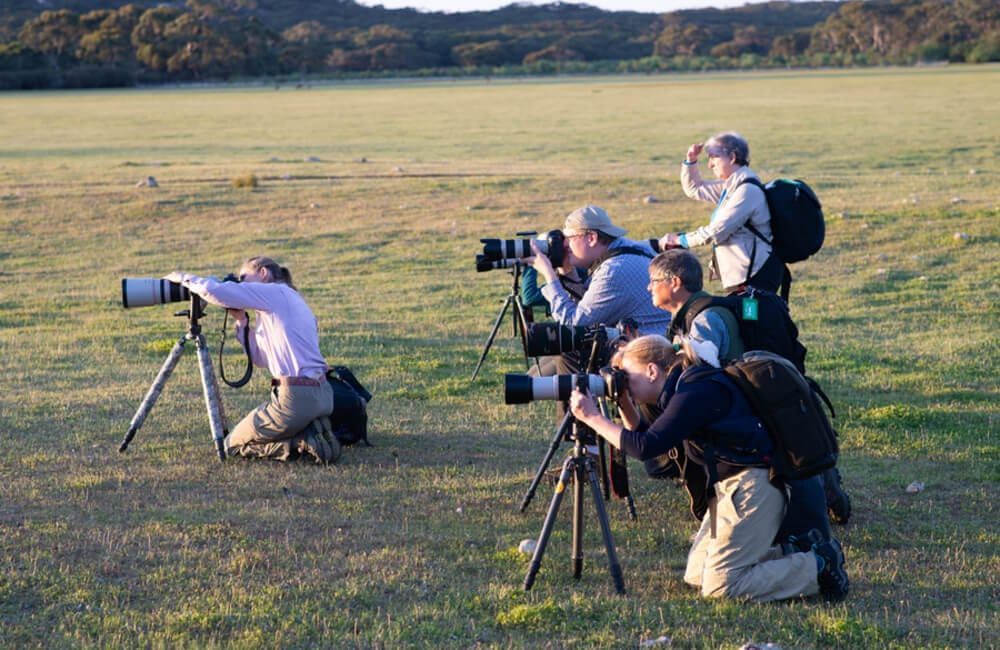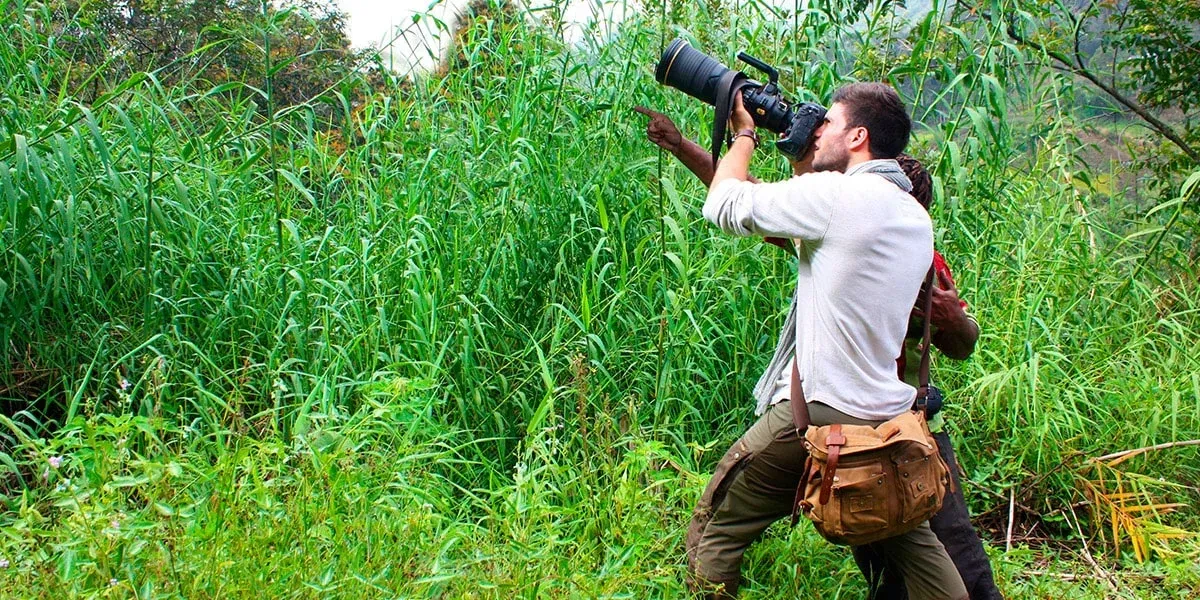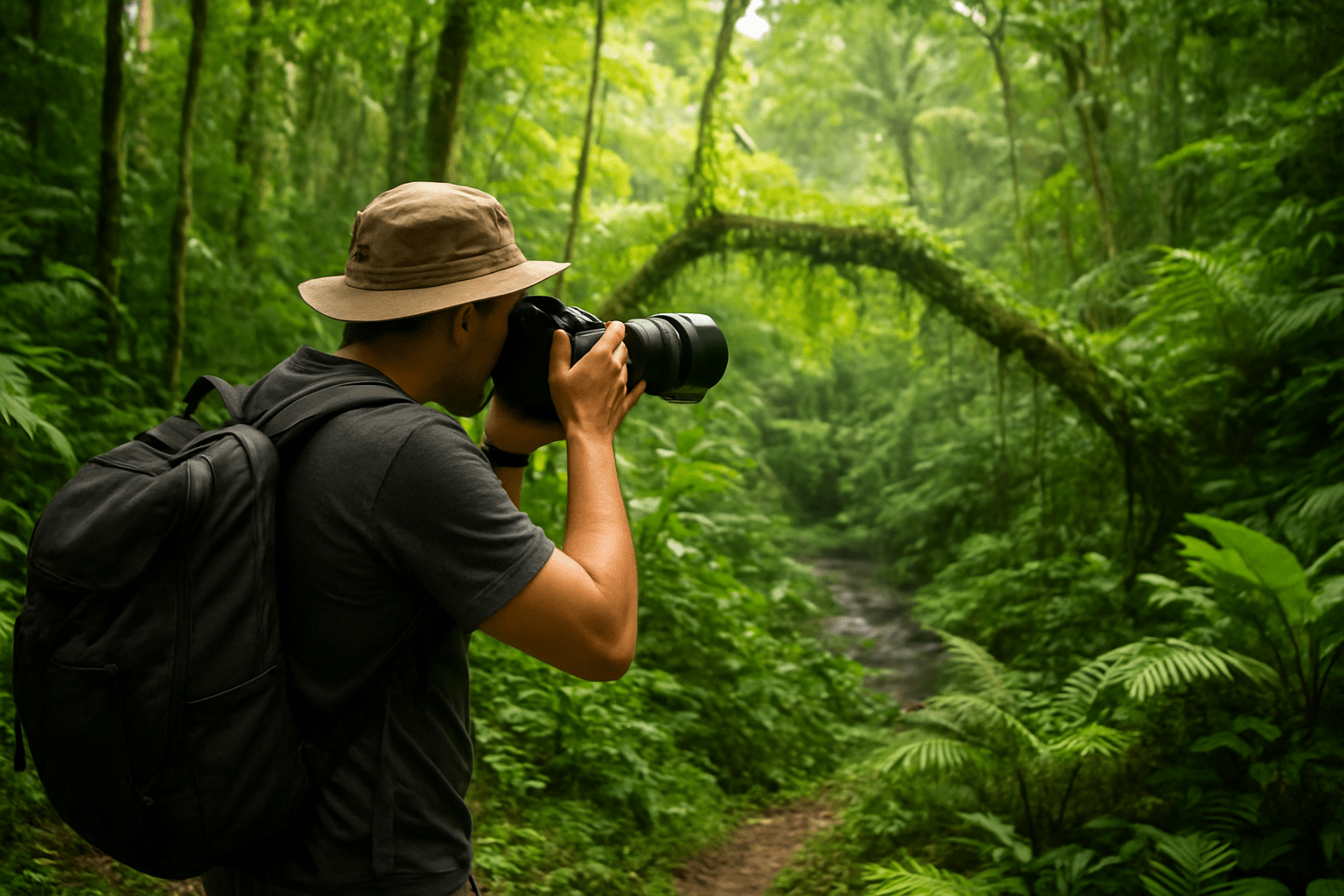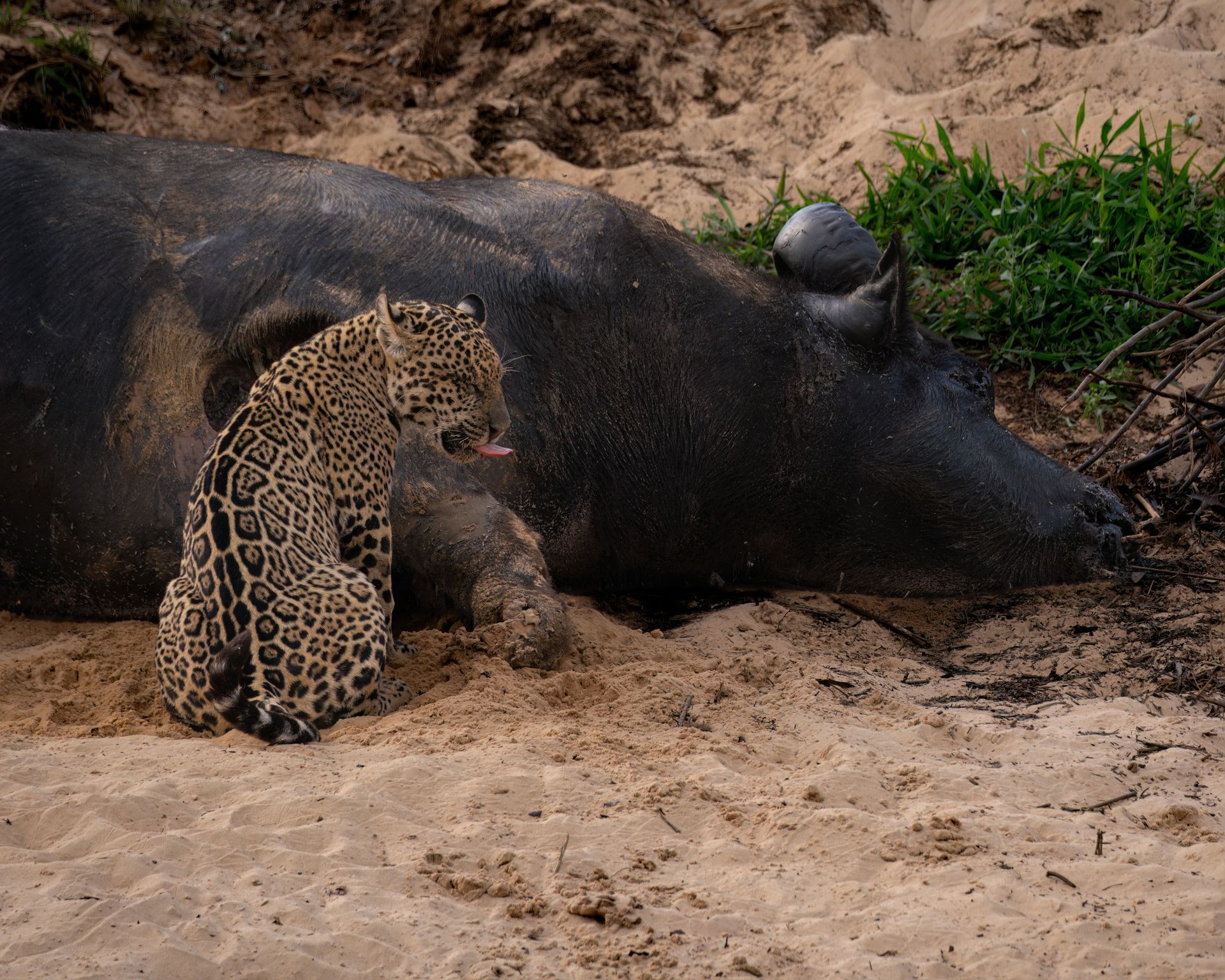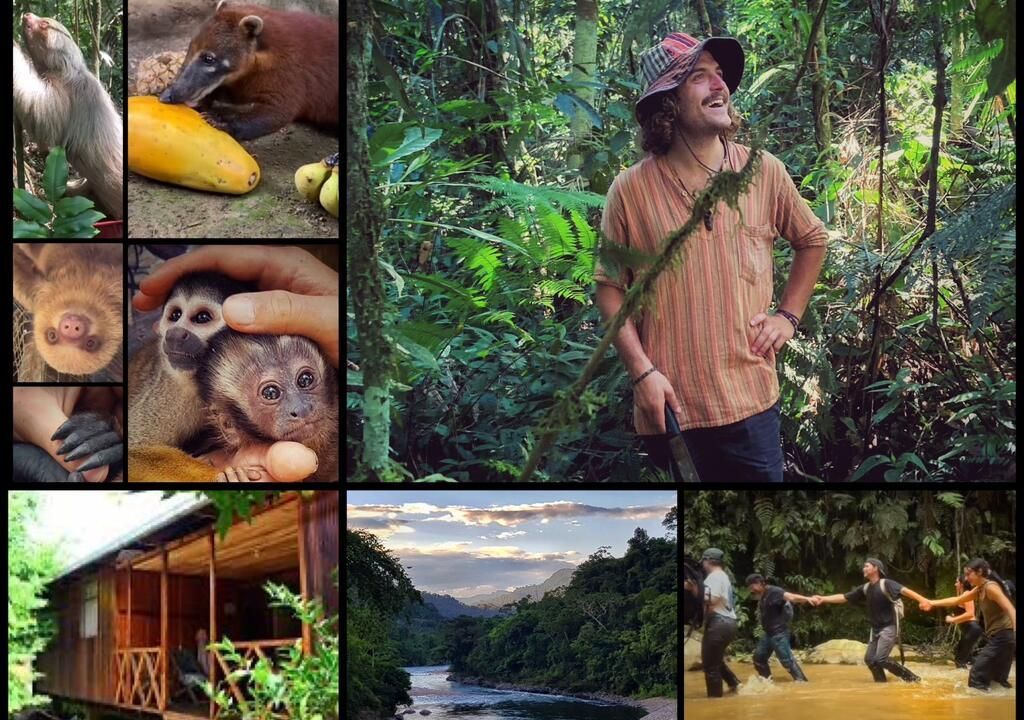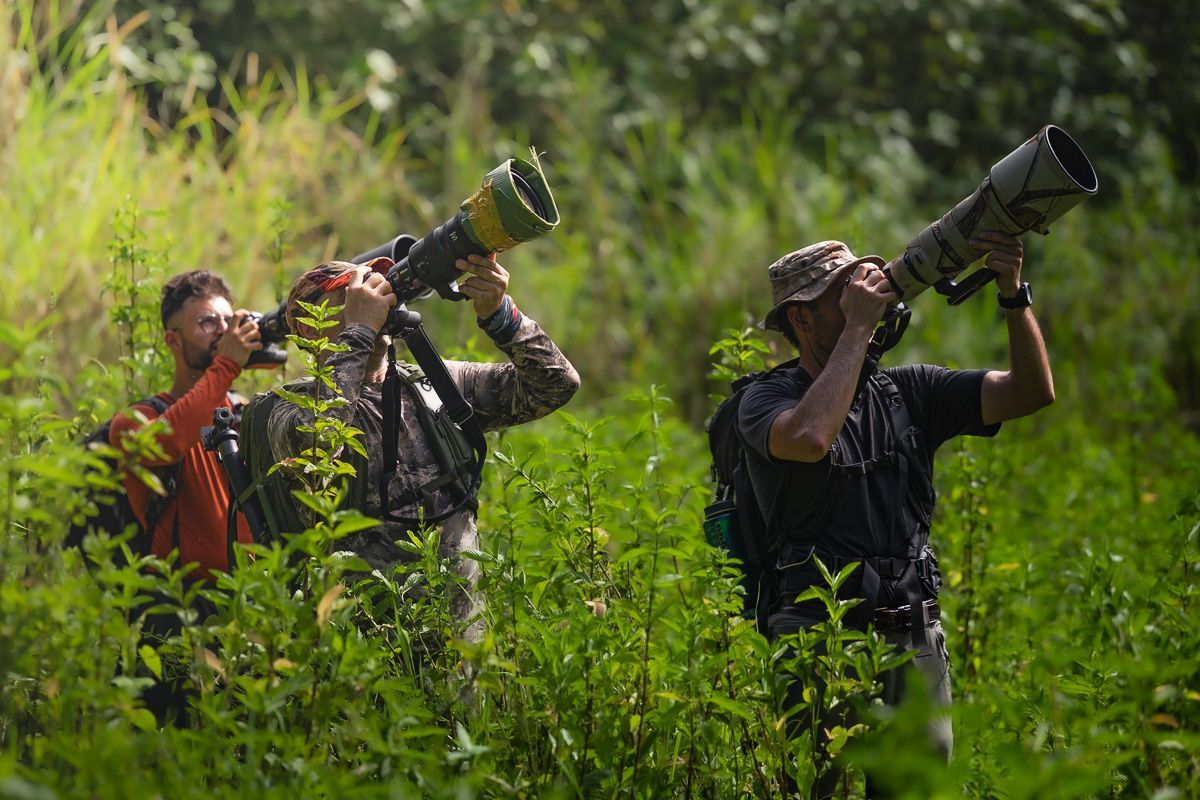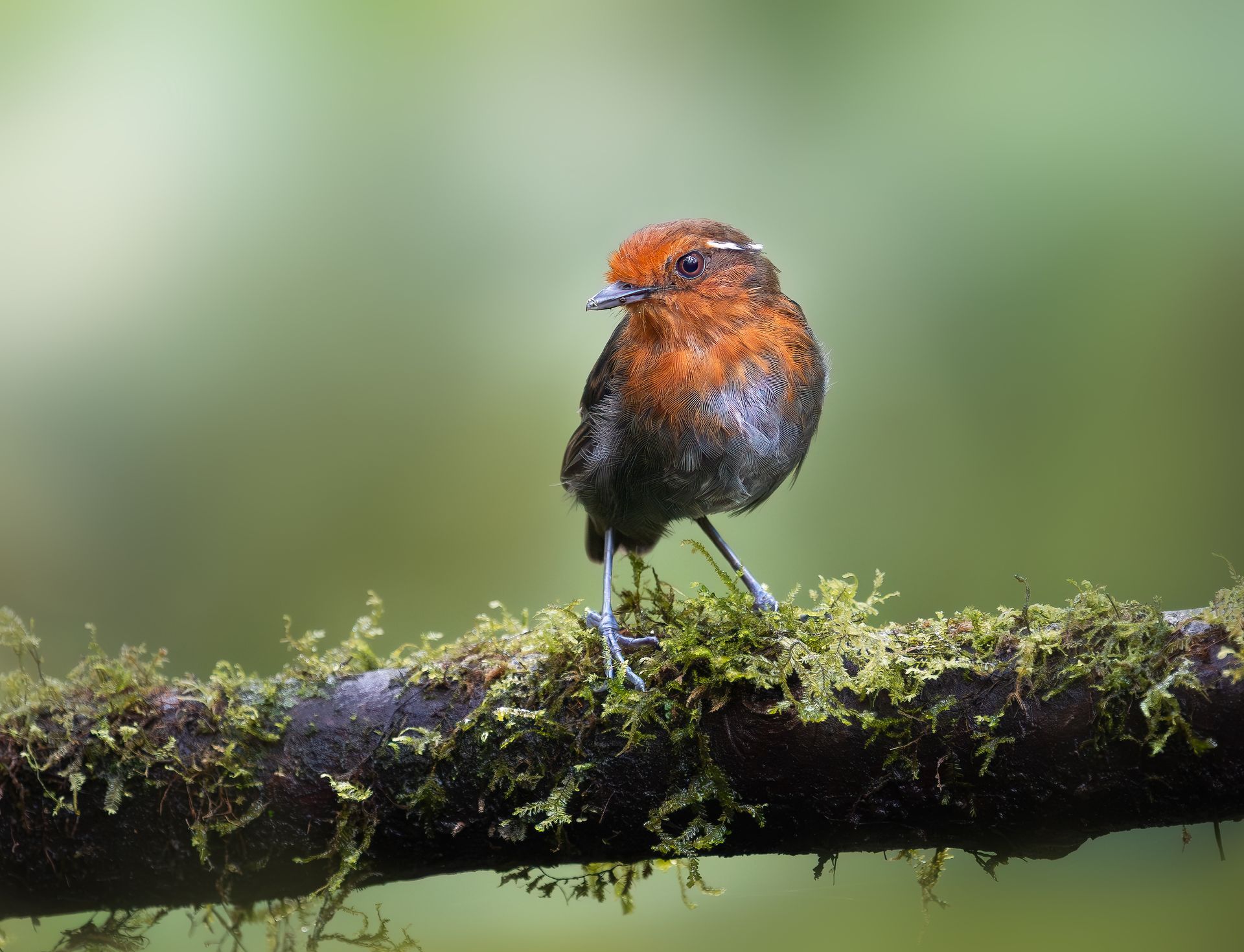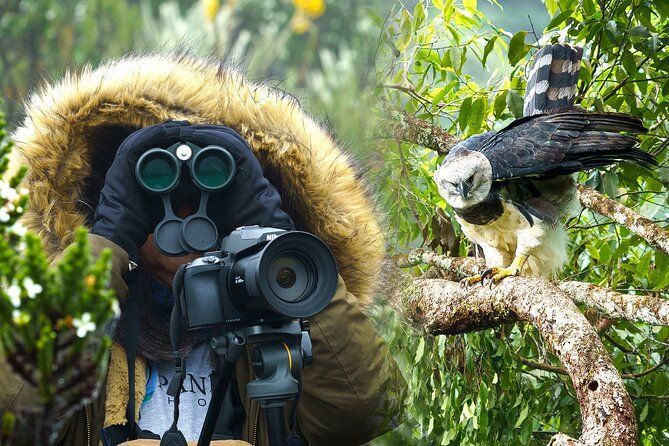How to Photograph the Harpy Eagle: Best Tours & Locations
How to Photograph the Harpy Eagle: Best Tours & Locations
For the wildlife photographer, there are subjects, and then there are legends. The Harpy Eagle (Harpia harpyja) exists in that rarefied space of legend. It is more than a bird; it is a primal force, a feathered specter of the neotropical canopy whose name evokes the mythical half-woman, half-bird creatures of Greek lore. To glimpse one is a moment of heart-stopping awe. To photograph one well is a career-defining achievement, a story told for a lifetime.
This is not a simple birding trip. This is a pilgrimage. It is a journey into the emerald heart of the Colombian rainforest, a test of patience and skill, and a profound privilege. At Retorno Photo Tours, we have spent years cultivating the relationships and expertise to transform this formidable photographic quest from a distant dream into a tangible, meticulously crafted expedition. This is your invitation to join us.
Part 1: The Subject - Unmasking the Phantom of the Canopy
Before we embark on the journey, we must understand the legend. The Harpy Eagle is a biological masterpiece of power and adaptation, and knowing your subject is the first step to capturing its essence.
A Design Built for Dominance
With a wingspan that can exceed two meters and a body weight of up to nine kilograms, the Harpy Eagle is one of the most powerful raptors in the world. But its most staggering features are its weapons. Its legs are as thick as a man's wrist, and its rear talons can be longer than a grizzly bear's claws—an astonishing 13 centimeters. These are not merely for perching; they are designed to exert enough pressure to crush the skulls of its primary prey: tree-dwelling mammals like sloths and monkeys.
Its facial disk, reminiscent of an owl, functions as a satellite dish, funneling subtle sounds to its ears and allowing it to detect the faintest rustle in the dense foliage. Its plumage is a masterclass in camouflage—a mottled pattern of grey, black, and white that renders it virtually invisible against the sun-dappled canopy. They are not fast, frantic fliers; they are masters of the ambush, sitting for hours in near-perfect stillness before launching a devastatingly precise attack.
The Challenge of the Chase
This brings us to the core of the photographic challenge. The Harpy Eagle’s elusiveness is legendary. It inhabits the high canopy of pristine, lowland tropical forests, a world of deep shadows, blinding highlights, and visual chaos. Finding one is like searching for a single, perfectly camouflaged needle in a 100-meter-tall green haystack. Even if you find one, the conditions are a nightmare for photography: extreme contrast, low light, and a subject that may be partially obscured by a labyrinth of branches and leaves.
This is why a chance encounter on a standard rainforest hike is a lottery with minuscule odds. To succeed, you need more than luck. You need a strategy. You need local intelligence. You need time. And most importantly, you need ethical access.
Part 2: The Retorno Expedition - A Blueprint for Success
Our Harpy Eagle Photography Expedition is that strategy. We have deconstructed the challenges and built a tour from the ground up that is designed for one purpose: to provide you with the best possible opportunity to create a portfolio of exceptional, impactful images of this majestic raptor.
1. The Foundation: Ethical Access and Conservation
This is the non-negotiable core of our expedition. We do not "hunt" for eagles. Our success is built on a foundation of deep, respectful collaboration. We work directly with local researchers and the indigenous communities of the Serranía de la Macarena who are the true guardians of this forest.
They have known the locations of active Harpy Eagle nests for generations. Our partnership is symbiotic. Your participation directly funds their ongoing conservation work, creating a powerful economic incentive to protect the eagle and its habitat from other, more destructive land uses. We operate under a strict ethical code: we maintain a significant distance using long lenses, we limit our time at the nest to avoid causing stress, and our small group size ensures our impact is minimal. We are silent, respectful observers, not disruptive tourists.
2. The Photographic Design: Small Groups, Expert Guidance
This is not a birding tour with a camera; it is a photography workshop in one of the world's most intense environments. We strictly limit our group size to only seven participants. This is a critical detail. It ensures that every photographer has the space to set up their equipment, an unobstructed view of the nest, and direct, personal access to the expert guidance of your tour leader.
Your leader is more than a guide; they are a photographer who understands the artistic and technical challenges you face. They will work with you on composition in a complex environment, managing the extreme contrast, selecting the right camera settings for sudden action, and using light—or the lack thereof—to your creative advantage.
3. The Location: Serranía de la Macarena, Colombia
Colombia is a newly unlocked treasure chest of biodiversity, and the Serranía de la Macarena is one of its most precious jewels. This isolated mountain formation is a meeting point of diverse ecosystems, resulting in an explosion of endemic species. It is a stronghold for the Harpy Eagle, offering a stable population and, thanks to our partnerships, reliable access.
But the magic doesn't stop with the eagle. This region is a biodiversity hotspot. While your primary focus will be the nest, your lens will also be filled with a supporting cast of spectacular wildlife: swirling flocks of Scarlet Macaws, clumsy-looking but elegant Channel-billed Toucans, noisy troops of Black Spider Monkeys, and the elusive Jaguar, whose tracks you may find along the riverbanks. This expedition is about immersing yourself in a complete, wild ecosystem.
4. The Logistics: A Seamless, All-Inclusive Experience
We believe your mind should be on your photography, not on logistics. From the moment you land in Villavicencio, we take care of everything. This includes:
- All internal flights to and from the expedition starting point.
- All ground and river transportation deep into the rainforest.
- Accommodation in a comfortable, strategically located jungle lodge that serves as our basecamp.
- All meals and non-alcoholic beverages, often prepared with fresh, local ingredients.
- All necessary permits and access fees.
We handle the complexities so you can focus on the magic. Your only jobs are to be present, be patient, and be ready to capture the moment.
Part 3: In the Field - The Art of Patience and Perception
So, what does a typical day on this expedition look like? It is a rhythm dictated by the forest and the eagles themselves.
Your days will start before dawn. After a quick breakfast, we will travel to the nest site, arriving as the forest begins to stir. We will establish ourselves at our observation point—a carefully selected location that offers a clear view while maintaining a safe, respectful distance. This is where the real work begins.
You will set up your tripod, mount your gimbal head, and begin the wait. This is not passive waiting; it is active observation. You will learn to read the forest. A sudden alarm call from a troop of capuchin monkeys might signal the eagle's approach. A change in the behavior of the adult eagle at the nest—a shift in posture, a focused gaze into the distance—can foreshadow a food delivery or the return of its mate.
This is where you will capture the full spectrum of behavior:
- The Quiet Portrait: The early morning light filtering through the canopy, illuminating the eagle’s fierce, intelligent gaze.
- The Dynamic Action Shot: The breathtaking power of an adult eagle landing on the nest, its massive wings braking at the last second, sending leaves swirling.
- The Intimate Moment: The gentle care of a parent feeding morsels of meat to its enormous, downy chick.
- The Habitat Shot: Using a wider lens to capture the eagle in its context, a tiny speck of power in a vast, green, and ancient world.
The afternoons will often follow a similar pattern, with the best light of the day occurring in the late afternoon. Evenings are for camaraderie, reviewing the day's shots, sharing stories, and preparing for the next day's adventure.
Part 4: The Essential Toolkit - Gearing Up for the Rainforest
The rainforest is as harsh on equipment as it is challenging for photographers. Packing with purpose is essential.
The Core Arsenal:
- Camera Bodies: At least one, preferably two, weather-sealed bodies. A backup is your insurance policy against the humid, demanding environment.
- Lenses: This is paramount.
- The Workhorse (150-600mm or 200-600mm Zoom): Your most versatile lens for its flexibility in composing shots as the eagle moves.
- The Big Gun (500mm f/4 or 600mm f/4 Prime): The ultimate tool for the job. The wide aperture is invaluable in low light and creates sublime, creamy backgrounds (bokeh) that make your subject pop.
- The Teleconverter (1.4x): A lightweight and cost-effective way to gain extra reach without a heavier lens.
- A Wide-Angle Zoom (16-35mm or 24-70mm): Don't forget this! Essential for capturing the stunning landscapes, the lodge, and the story of the expedition itself.
- Support System:
- Sturdy Tripod: Carbon fiber is ideal for reducing weight without sacrificing stability.
- Gimbal Head: Absolutely non-negotiable. It balances your heavy lens and allows for smooth, fluid tracking and stable holding for hours on end.
- Protection and Maintenance:
- Lens Rain Covers: Sudden downpours are a daily certainty. Protect your investment.
- Silica Gel Packs: Keep several in your camera bag to combat humidity and prevent lens fungus.
- Sensor Cleaning Kit: Dust and moisture are inevitable.
Conclusion: More Than a Photograph, A Transformation
A successful photograph of a wild Harpy Eagle is a trophy earned through patience, skill, and respect. But the reward of this expedition is more than a memory card filled with stunning images. It is the profound feeling of connection to a primordial wilderness. It is the humbling understanding of your place in a vast, complex ecosystem. It is the knowledge that your passion for photography is directly contributing to the conservation of one of the world's most magnificent birds.
This is not a tour; it is a transformation. It is an opportunity to witness the untamed gaze of a legend and to return home not just with a photograph, but with a story etched into your soul.
The Harpy Eagle is waiting. The question is, are you ready to answer the call?



